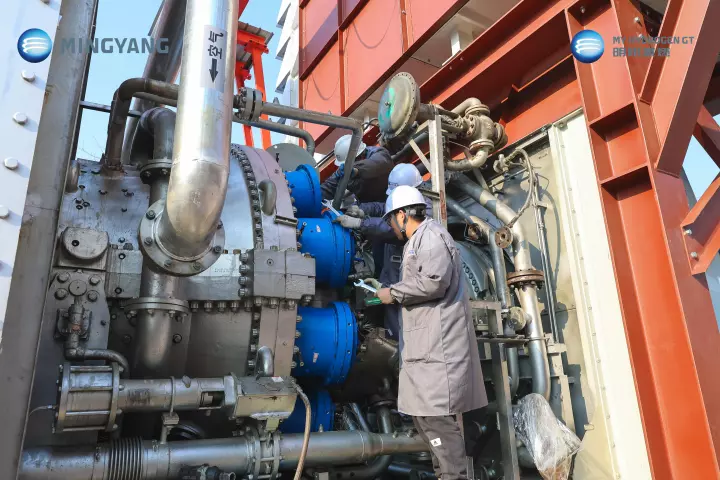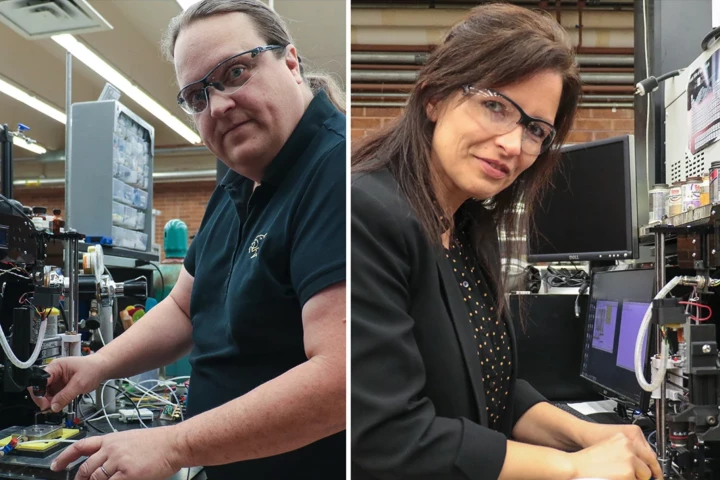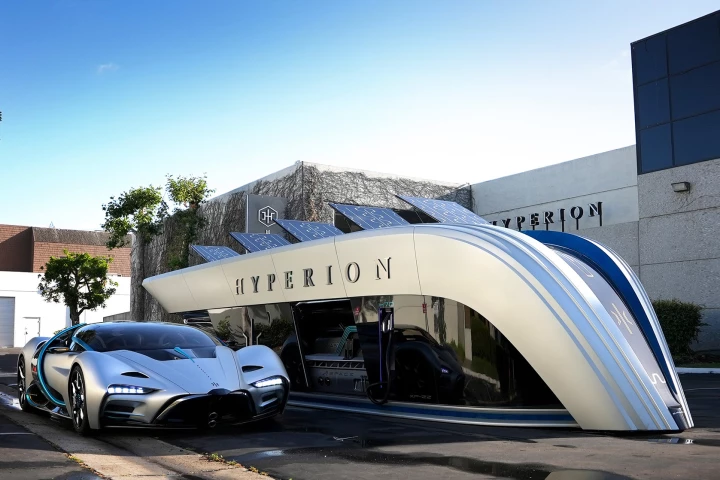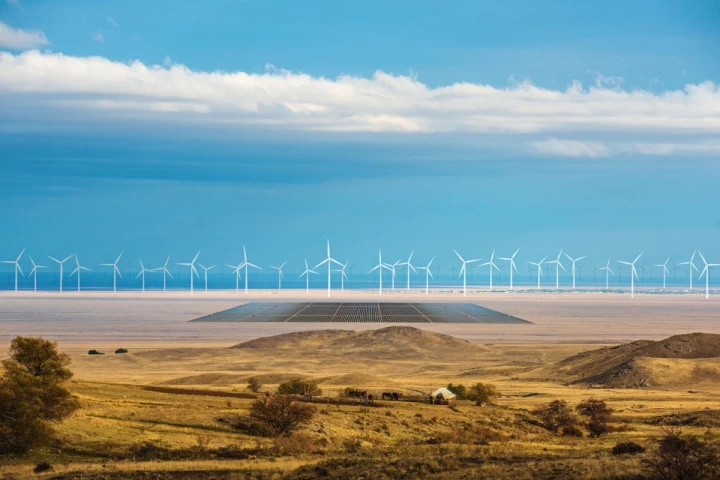Solar-to-Hydrogen
Clean, renewable hydrogen can be produced by splitting water into hydrogen through an electrolyzer powered by solar energy. But a potentially cheaper and more efficient way to do this is to use photoelectrochemical (PEC) cells, which convert sunlight and water directly into hydrogen right there at the cell.
-
The first and largest of its kind: a 30 MW, pure-hydrogen electrical generator called the Jupiter One just completed its first successful full-system test.
-
Hydrogen-producing artificial leaves might soon be even better at their jobs thanks to a new study that examined the effects of pressure on the chemical processes they run. It all comes down to bubbles.
-
Researchers have created a floating, solar-powered device that converts contaminated water or seawater into clean hydrogen fuel and drinking water. Because it works with any open water source, it could be used in resource-limited or remote places.
-
Methane has a greenhouse effect 80 times worse than carbon dioxide over a 20-year period, and emissions are skyrocketing even as we start reducing CO2. That makes UCF's new hydrocarbon-capturing, sunlight-powered catalyst a very compelling idea.
-
EPFL engineers have built and tested a solar reactor that generates hydrogen gas from sunlight and water. The system is not only highly efficient at producing hydrogen, it also captures the “waste” products of oxygen and heat to put them to use too.
-
UMich researchers have demonstrated an artificial photosynthesis device 10 times more efficient and one hundredth the size of previous devices of its kind. This green hydrogen production method also improves over time, and can split seawater.
-
Hydrogen supercar maker Hyperion isn't happy about the state of hydrogen fuel infrastructure, so it's decided to start building its own, rolling out yacht-styled mobile hydrogen stations across the United States that can generate fuel on-site.
-
Sesame Solar announced this week what it calls the world's first 100-percent renewable mobile nanogrid. Powered by a wing-like solar panel spread and green hydrogen, the modular nanogrid brings weeks of autonomous electricity where it's most needed.
-
Hydrogen City will eventually harness 60 gigawatts of solar and wind energy, and use it to produce over 2.5 billion kilograms of green hydrogen a year, keeping it underground in storage caverns at the Piedras Pintas salt dome before transport.
-
Western Australia could soon be home to the world's biggest green hydrogen project. The Western Green Energy Hub wants to deploy 50 GW of solar and wind generation to produce up to 3.5 million tons of green hydrogen or 20 million tons of ammonia a year.
-
Well-respected Austrian solar energy company Fronius has broken ground on its first customer green hydrogen hub, giving us a good look at what it'll take to run a fleet of vehicles on green hydrogen produced entirely on-site using solar panels.
-
Germany's Svevind has announced plans for a colossal green hydrogen project that will place some 45 gigawatts of wind and solar energy generation on the vast steppes of Kazakhstan to produce around three million tonnes of green hydrogen annually.
Load More











